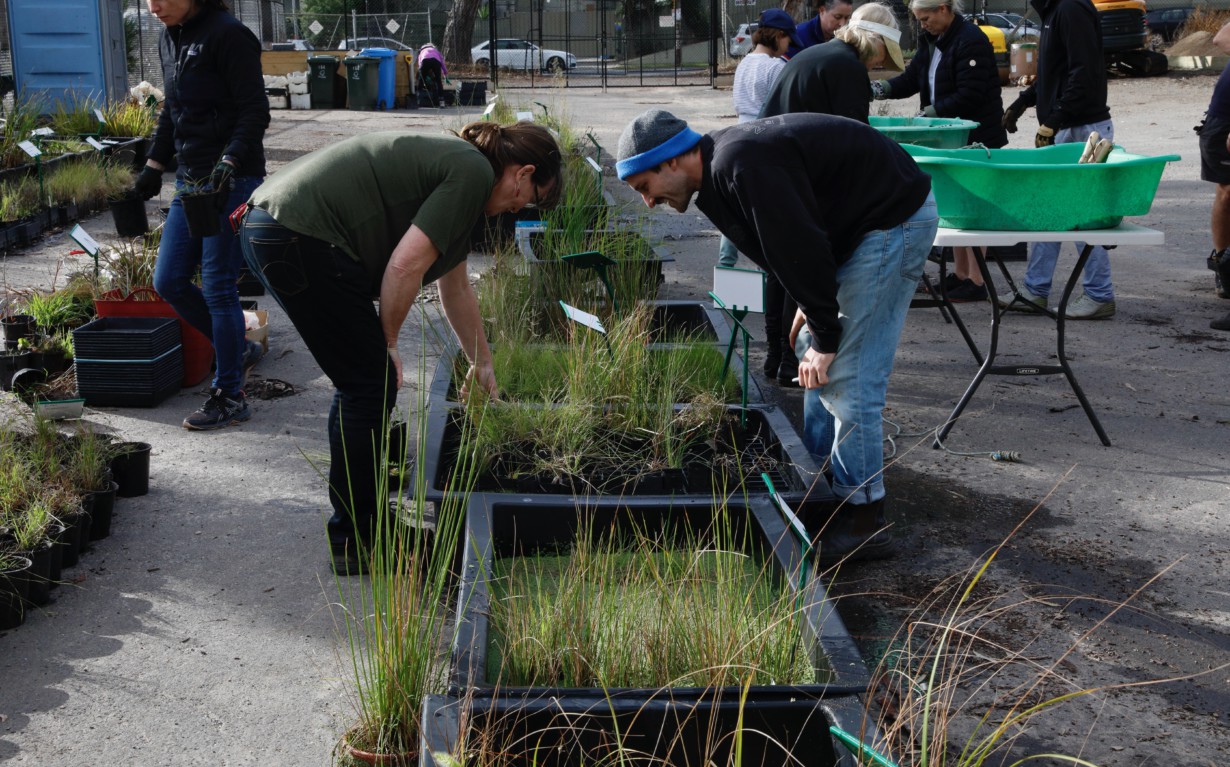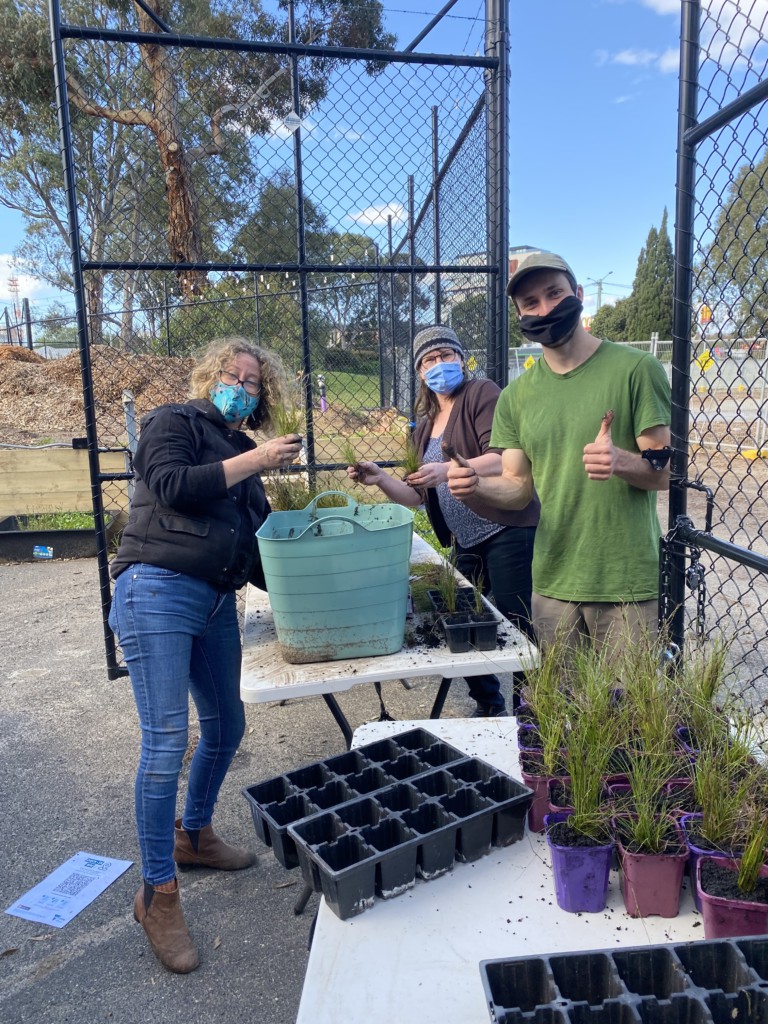

The Plant Lab really kicked off during Covid at the beginning of 2021. YWNA received their permits for collecting local wetland plants and seeds. This meant we could begin a concerted effort to focus on locally rare and important plants for the biodiversity of the Chain of Ponds. During the Covid restrictions, there was a core crew who were given workers permits through Bayside to keep up the production and care of the Plant Lab. This meant that by the time the Chain of Ponds was ready to be planted out, we had 1000’s of plants ready to go! A huge shout out to Claire Hudson, Pascale Jacq, Jo Samuel-King, Gio Fitzpatrick, Rosie Grech, Dassi Herszberg, Sandy Morrison, N’arwee’t Carolyn Briggs, Adam Hoskins and Julie Beatty for all their hard work over this period. We were also given much support through Bayside Council’s Marcus Gwynne and Paul Gibbs.
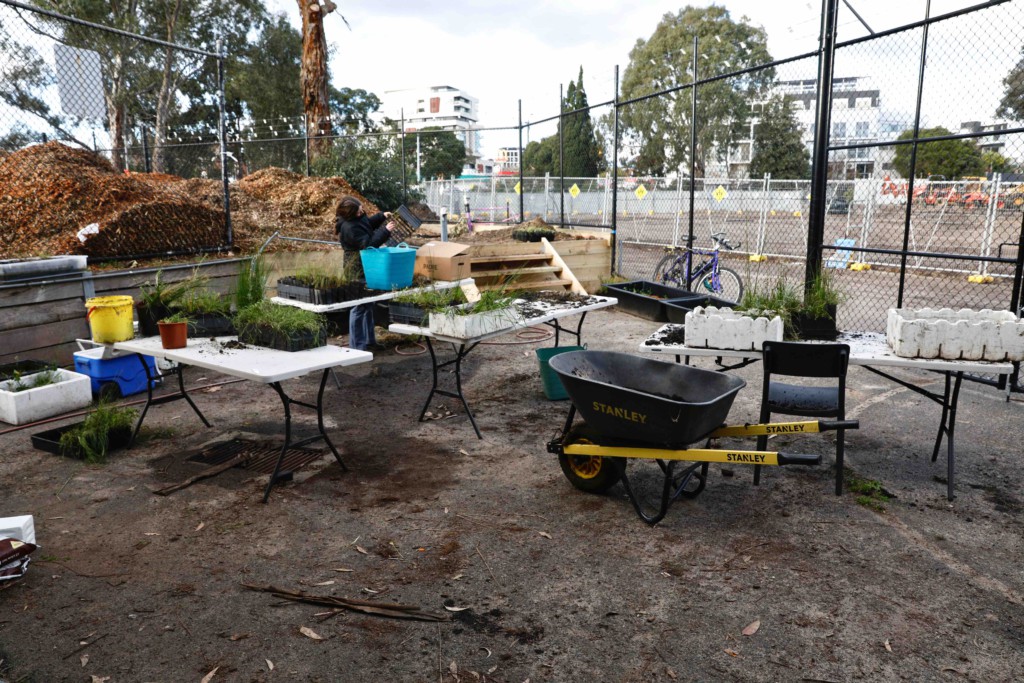

Here’s an early report of a working bee from Gio Fitzpatrick giving an insight into some of the plants and the thinking behind the selections
‘We divided and/or upsized the pots of approximately…
-60 Common Bog-sedge Schoenus apogon
-250 Gunn’s Sedge Carex gunniana
–20 Isolepis inundata
-70 (Locally extinct) Alcock’s Water-ribbon Cycnogeton alcockiae
-40 (Locally Extinct) Shield Pennywort Hydrocotyle verticillata
–120 (Locally extinct) Red-fruited Saw-sedge Gahnia sieberiana
-50 (Locally extinct) Shallow Marsh-flower Liparophyllum exaltatum –
Importance of sedges
If we’re to have any hope of seeing the return of Red-browed Finches to the reserve (a very ambitious goal); sedges will be essential as a source of large, nutritious seeds.
The Common Bog Sedge stock was salvaged from another wetland that is being encroached upon by Prickly Tea-tree. It has a curious distribution, centered on Australia/New Zealand, with the next largest population in Japan.
Latham’s Snipe, a shy bird found mostly around wetlands and grass lands, are probably responsible for this; carrying the seeds on their annual migration between Australia and Japan. ( Coincidentally, while collecting plants from the other wetland last Summer, I came across the largest gathering of Latham’s Snipe seen anywhere in Australia that season (69 birds), I wonder where the sedge is originally from?)
The enormous and beautiful Red-fruited Saw-sedge is an important and exciting species to be building large numbers of. It is the special host to more native butterfly species than any other sedge, including the Varied Sword-grass Brown Butterfly, which I encourage people to look-up images of. These butterflies still hang on as close as the Little Boggy Creek in Frankston but would be highly unlikely to traverse the urban matrix and find the new emerging habitat at the Elsternwick Park Nature Reserve (now YWNR) without the help of translocation. The Red-fruited Saw-sedge was likely a common species in boggy areas around the old Elwood Swamp and Elster Creek. To see it returning in such numbers is beautiful. Hard to fathom that not one is left in the whole of Bayside and only one has been replanted in the City of Port Phillip! Along with Tangled Lignum, the Red- fruited Saw-Sedge’s structure should set the stage perfectly for Superb Fairywrens to move into the reserve and perhaps also Golden-headed Cisticolas (provided foot-traffic does not deter them too greatly).
The return of the true aquatics
True aquatics such as Alcock’s Water-ribbon, Shallow Marsh-flower and Shield Pennywort all became extinct in Bayside with the draining of swamps (the last of which occurred in 1958 in Black Rock). Their return alone, after at least 63 years, should be cause for celebration but they’ll also hopefully, one day, help to shelter tadpoles in the Chain of Ponds. ‘
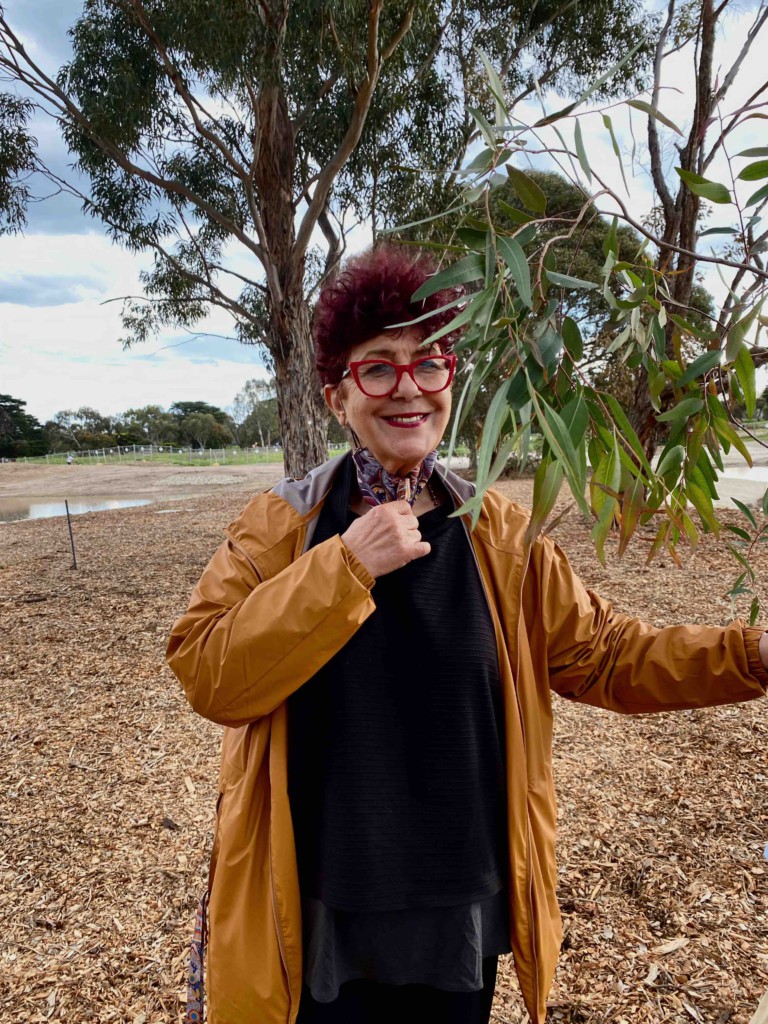

As soon as restrictions ended Plant Lab came into a regular volunteering routine for YWNA members who signed up for weekly sessions. Huge gratitude to Claire Hudson who coordinates this group This crew has helped grow and care for our plant stock. We extended the activities with the addition of the SPA (seed production area) in 2022- which is producing seed stock for the soon to be established wild flower and grassy meadow. We are so appreciative of all the wonderful volunteers who are helping develop this important adjunct to the biodiversity project of the YWNR Masterplan.
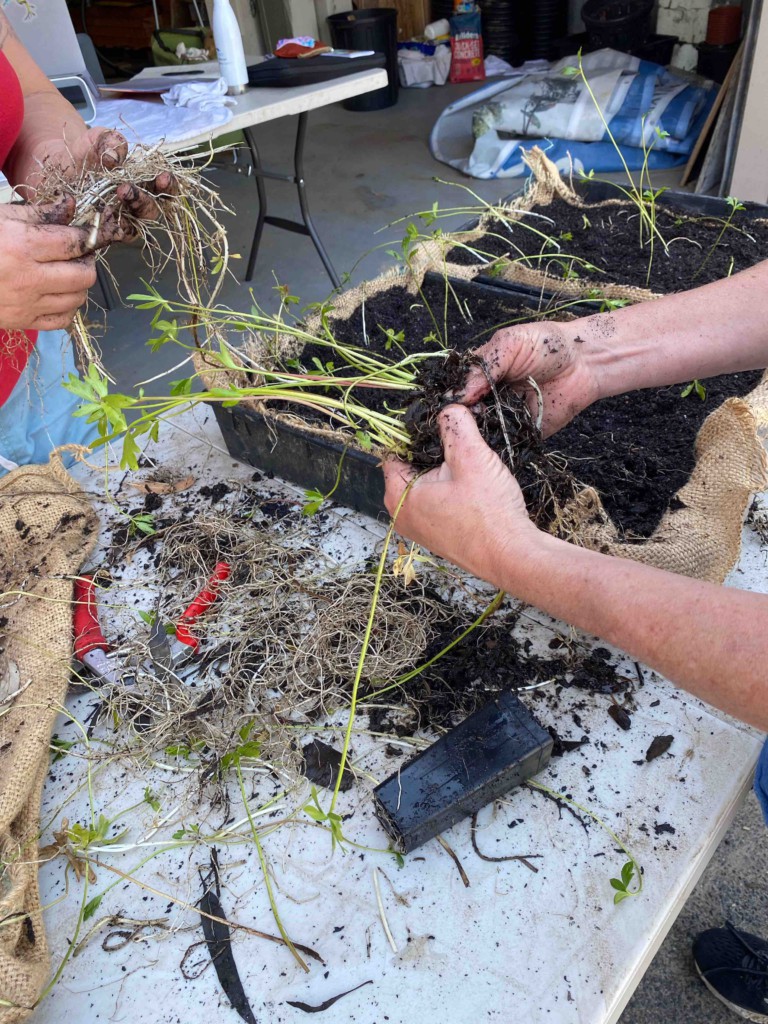

Plant Lab is now having a Winter break for YWNA volunteers. This is not a rest for YWNA as we are busy behind the scenes doing much needed work on our volunteer resourcing and sorting out our shed YWNA home. We are developing a process for inducting our activity leaders and look forward to finishing up all our materials with the support of the Ecocentre soon.
We are working closely with Jarrod Fleming from Council, the newly appointed Project Lead of the YWNR and Council officers who are both keeping us informed re: council work in the reserve and working with us on overall partnership plans for Plant Lab/SPA operations as we develop the shape of our future roles/work with Bayside Council and delivering the Masterplan.
Gio and Claire will be caring for Plant Lab stock over these next 2 months, but otherwise all plant lab activities are on pause.
Julie and Tricia (SPA leaders) will be keeping an eye on SPA boxes and processes.
We will however continue to hold Working Bees at the end of each month, which you are all welcome to attend. YWNA survey work (Birds, Waterwatch, Fly By Night) will continue over this time- see our website for details
Thank you to each and every one of you who have contributed so much to this ever-growing project. We look forward to welcoming you all back soon. Till then keep an eye on the website or email for future developments.
YWNA committee


